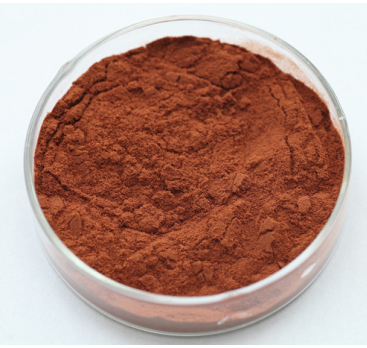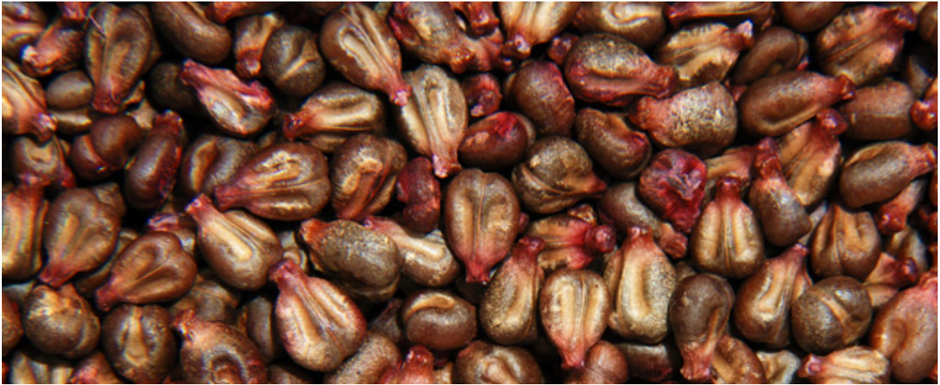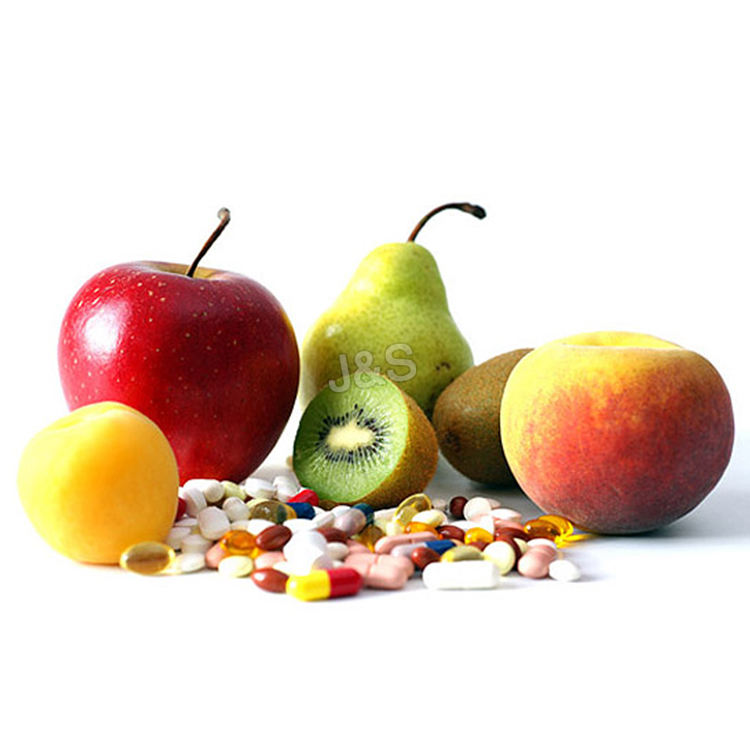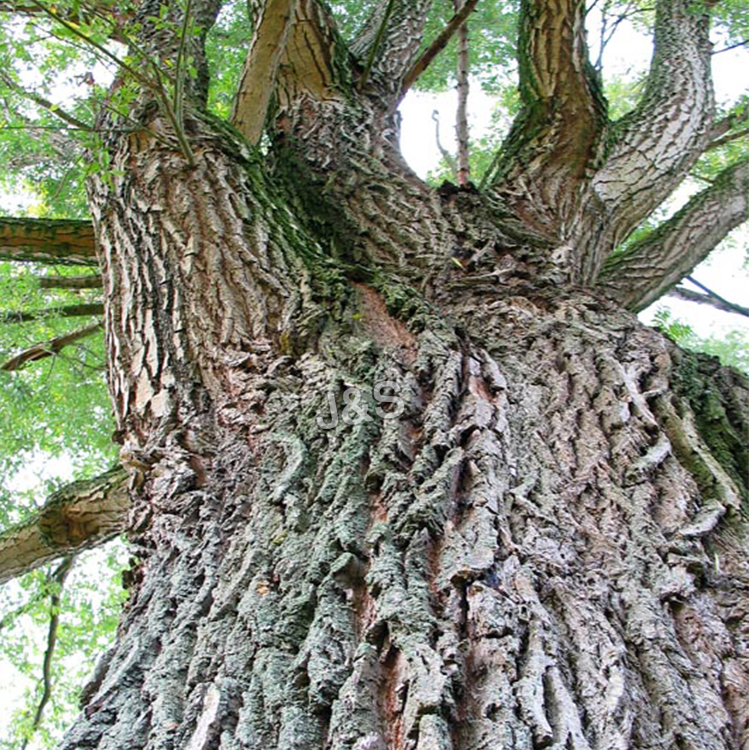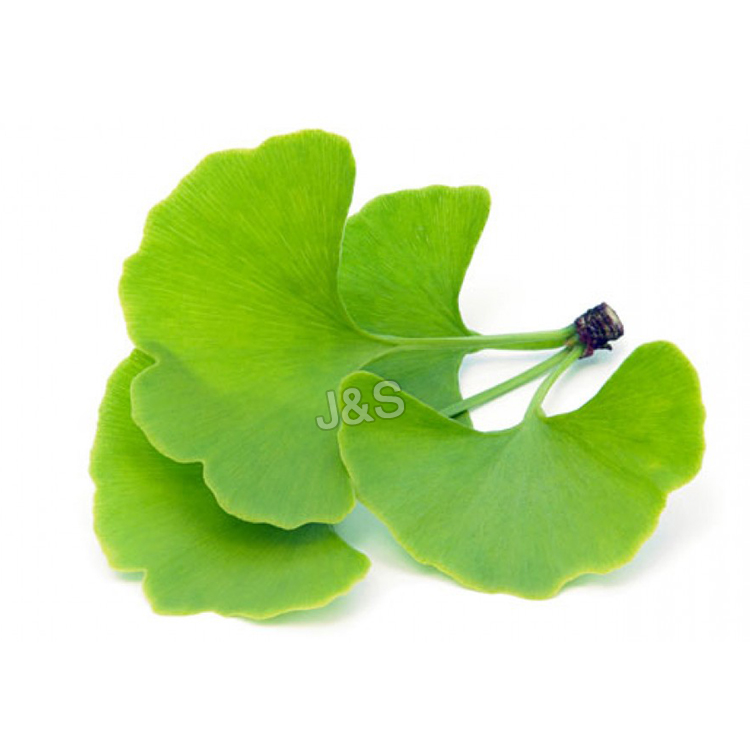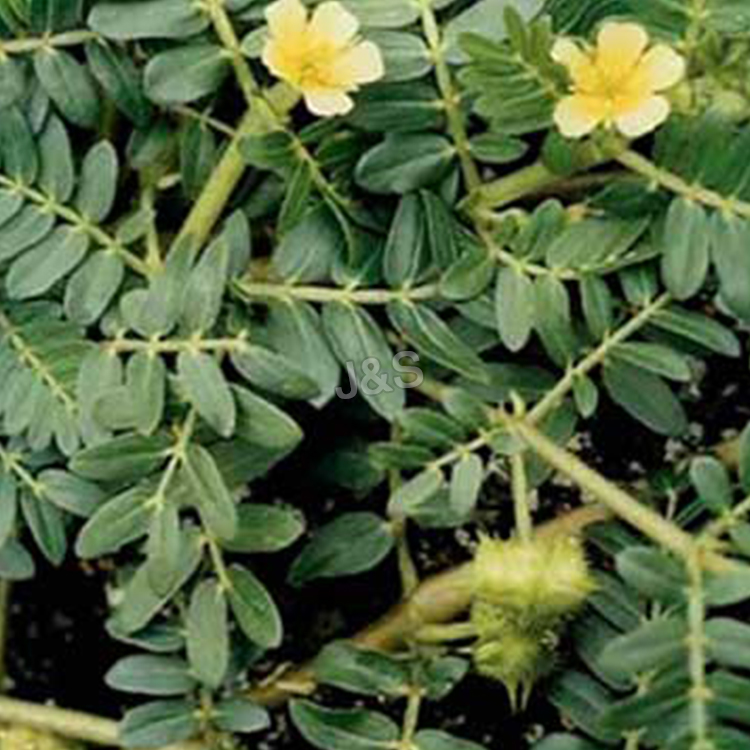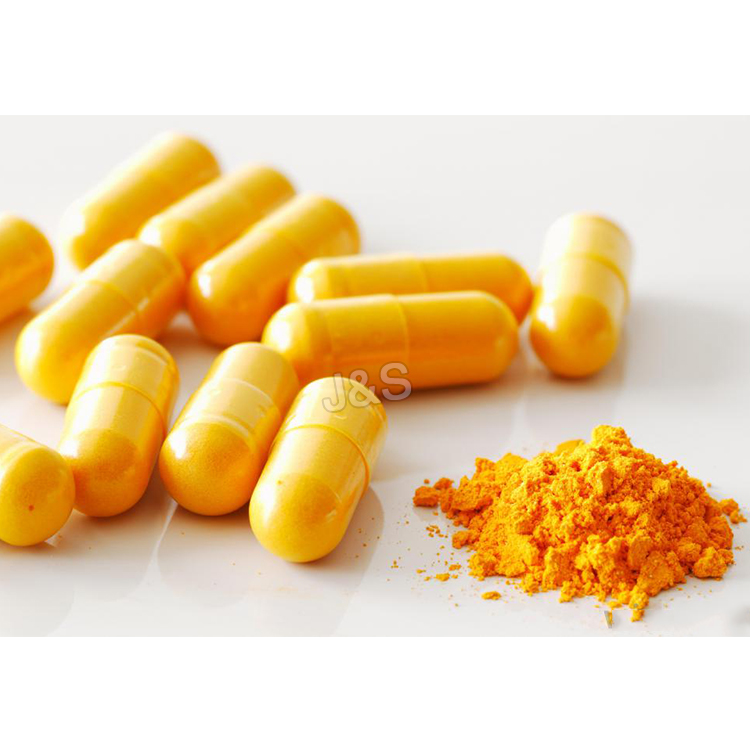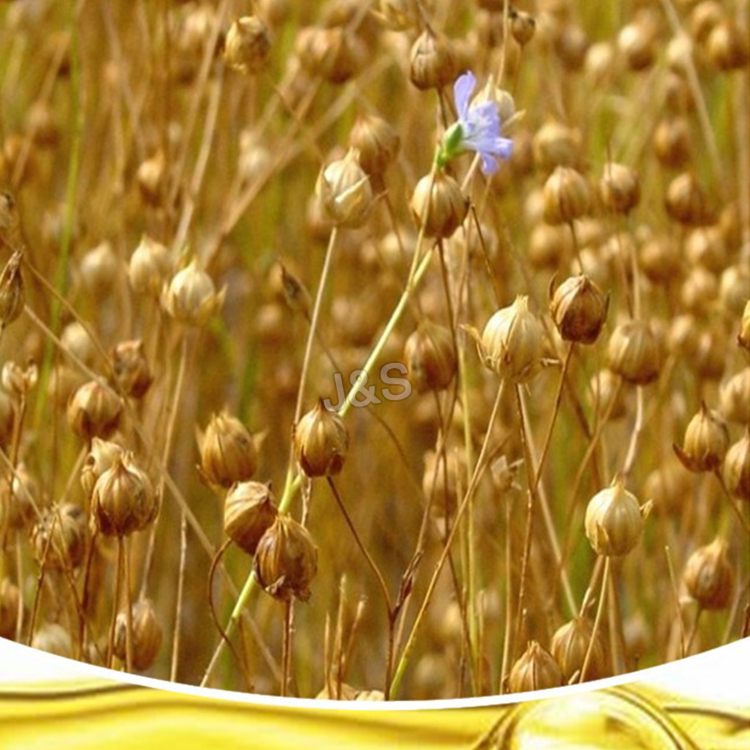8 Years Manufacturer Grape seed extract Factory in Lahore
8 Years Manufacturer Grape seed extract Factory in Lahore Detail:
[Latin Name] Vitis vinifera Linn
[Plant Source] Grape seed from Europe
[Specifications] 95%OPCs;45-90% polyphenols
[Appearance] Red brown powder
[Plant Part Used]: seed
[Particle size] 80 Mesh
[Loss on drying] ≤5.0%
[Heavy Metal] ≤10PPM
[Pesticide residue] EC396-2005, USP 34, EP 8.0, FDA
[Storage] Store in cool & dry area, keep away from the direct light and heat.
[Shelf life] 24 Months
[Package] Packed in paper-drums and two plastic-bags inside.
[Gerneral feature]
- Our product has passed the ID test by ChromaDex, Alkemist Lab. and other
third-party authoritative testing institutions, such as detection;
2. The pesticide residues match (EC) No 396/2005 USP34, EP8.0, FDA and other foreign pharmacopoeia standards and regulations;
3. The heavy metals in strict accordance with the foreign pharmacopoeia standard controls, such as USP34, EP8.0, FDA, etc.;
4. Our company set up a branch and import raw materials directly from Europe with strict control of heavy metal and pesticide residue. Aslo ensure the procyanidins content in grape seed is more than 8.0%.
5. OPCs over 95%, polyphenol over 70%, high activity, the oxidation resistance is strong, the ORAC more than 11000.
[Function]
Grapes (Vitis vinifera) have been heralded for their medicinal and nutritional value for thousands of years. Egyptians ate grapes a very long time back, and several ancient Greek philosophers spoke about the healing power of grapes — usually in the form of wine. European folk healers made an ointment from the sap of grapevines to treat skin and eye diseases. Grape leaves were used to stop bleeding, inflammation, and pain, such as the kind brought on by hemorrhoids. Unripe grapes were used to treat sore throats, and dried grapes (raisins) were used for constipation and thirst. Round, ripe, sweet grapes were used to treat a range of health problems including cancer, cholera, smallpox, nausea, eye infections, and skin, kidney, and liver diseases.
Grape seed extracts are industrial derivatives from whole grape seeds that have a great concentration of vitamin E, flavonoids, linoleic acid and phenolic OPCs. The typical commercial opportunity of extracting grape seed constituents has been for chemicals known as polyphenols having antioxidant activity in vitro.
Product detail pictures:
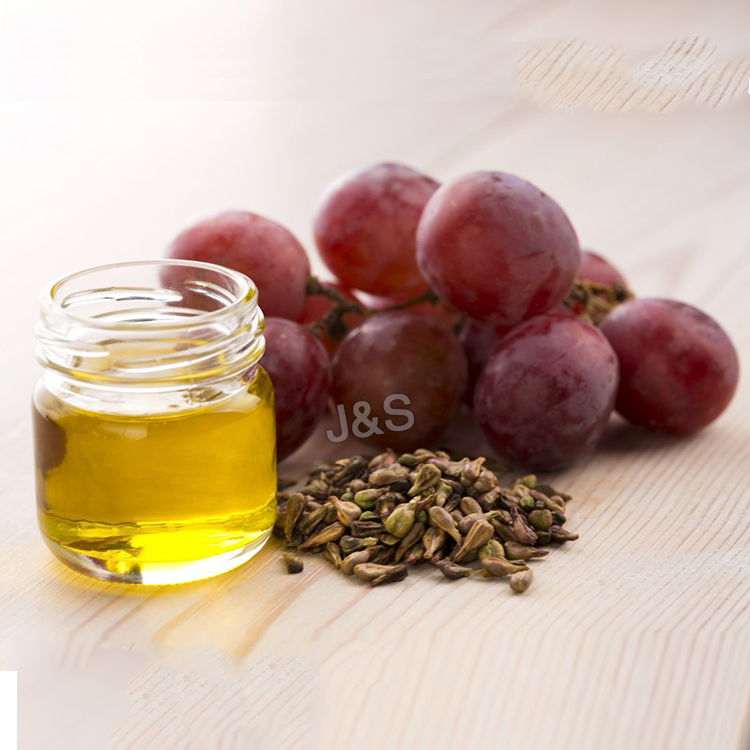
Related Product Guide:
We've been committed to offering easy,time-saving and money-saving one-stop purchasing support of consumer for 8 Years Manufacturer Grape seed extract Factory in Lahore , The product will supply to all over the world, such as: Angola, Algeria, Saudi Arabia, We honor ourselves as a company that comprises of a strong team of professionals who are innovative and well experienced in the international trading, business development and product advancement. Moreover, the company stays unique among its competitors due to its superior standard of quality in production, and its efficiency and flexibility in business support.
Please watch: “Best Male infertility treatment ever – 100% Naturally.”
-~-~~-~~~-~~-~-
increase penis size naturally by olive oil and onion – Dick enhancement.
I know you are looking for penis health tips or different ways for boosting your sex timing, for increasing the size of your penis, or for making your penis more thick and hard.
Penis is very important in every man’s life, but due to some bad habits in our childhood we destroy our sexual health. such as masturbation. According to my thinking almost 95% boys do masturbation before marriage. Masturbation put very bad effect on our sexual health, such as low sperms count, low sperms quality, weakness of peanis, softness in penis, low erection in penis, low sex timing problems.
increase penis size naturally by olive oil and onion – Dick enhancement
All these problems we will face when we are at the age of 25.
You now there are many products in the market that you can easily buy. but the question is that , are these sexual medicine effective for health or not?
I know these medicine effect you quickly and then you will feel that wao this is great product. but after some time you will lose that power. and also these medicine effect too much badly on your kidneys.
This is my request to all of you do not use these medicine. you must use herbal medicine. because herbals products do not have any side effect but these are 100% effective. i am not saying that these herbal formulas or desi health tips will effect quickly, these will effect slowly but effective.
In today’s video i have very best and precious formula for increasing the size of your penis. Many vegetables and fruits are very famous regarding sexual health. in these, Olive oil and onion are very best, that almost used for sexual health.
Onion is very effective for increasing the blood flow into your penis.
and olive oil will boost the effect of onion. so in this video i combine both powerful herbs and suggest you to make a best penis massage oil at your home.
increase penis size naturally by olive oil and onion – Dick enhancement.
Onion sexual benefits and olive oil sexual benefits i will tell you in my next videos. i hope you will try this formula.
increase penis size naturally by olive oil and onion – Dick enhancement
these are the some videos that you must watch these are very effective for you.
1* this massage oil will kill your wife if you massage with this.
2* things before sex boost your sex stamina for full night |Natural Cure Tips
3* This video is for improving Sperm quality and quantity naturally. Must watch
Please Subscribe my Channel and share my video.
https://www.ControlSexPill.com CONTROL SEX Pill, The All Natural Sexual Enhancement
Completely different from anything in the market.
https://www.ControlSexualEnhancement.com
MEN: (Please read package directions and do not exceed recommended dosage. This is an all natural product and if too much is taken all at once, the body will quickly cast off the unneeded product; and although it is not harmful, it will most assuredly be very unpleasant. Also, the younger and healthier one is the less CONTROL you will need. A feeling of pressure in the head or ears is an indication that you do not need as much as you have taken, so just back down your dosage a little. Those under 30 years old will usually only need one pill to experience the effects for a few days)
An hour after you take CONTROL; if the wind blows, you’re gonna feel like you’re 16 again.
Once you begin your session, you will notice an increased sensation, yet you will be able to continue as long as you want. Once you end your session, you will be able to perform back-to-back sessions at your will and without any waiting.
WOMEN: (Please read package directions and do not exceed recommended dosage. This is an all natural product and if too much is taken all at once, the body will quickly cast off the unneeded product; and although it is not harmful, it will most assuredly be very unpleasant. Also, the younger and healthier one is the less CONTROL you will need. A feeling of pressure in the head or ears is an indication that you do not need as much as you have taken, so just back down your dosage a little. Women will usually only need one pill to experience the effects for a few days)
An hour after you take CONTROL; the job, the bills, the kids, the car, and the dog all begin to disappear as that long missing libido makes it’s triumphant return.
Once you begin your session, you’ll be hoping your partner has taken his Control, ’cause you might just want to take your time.
Once you end your session, you just can’t wait to start again
https://www.ControlSexualEnhancementPill.com
The company has a good reputation in this industry, and finally it tured out that choose them is a good choice.
